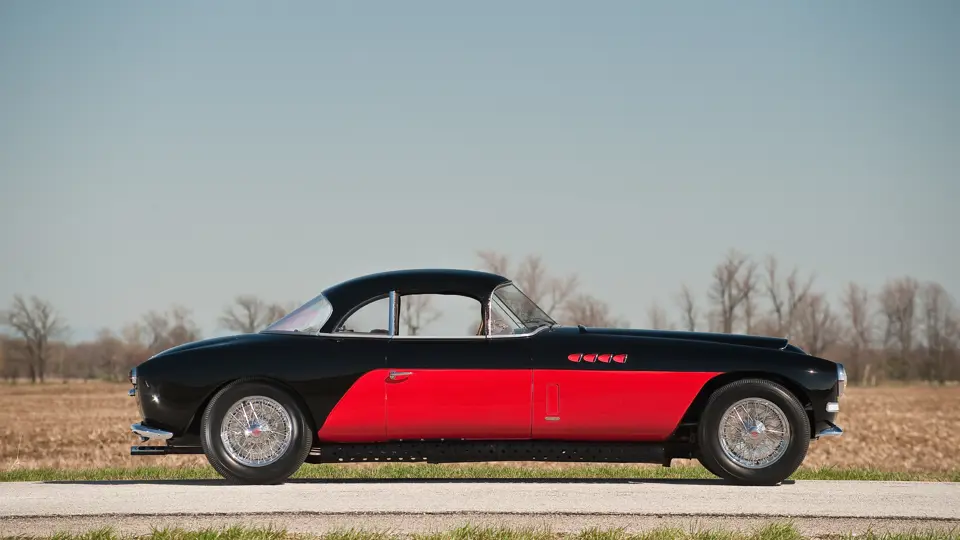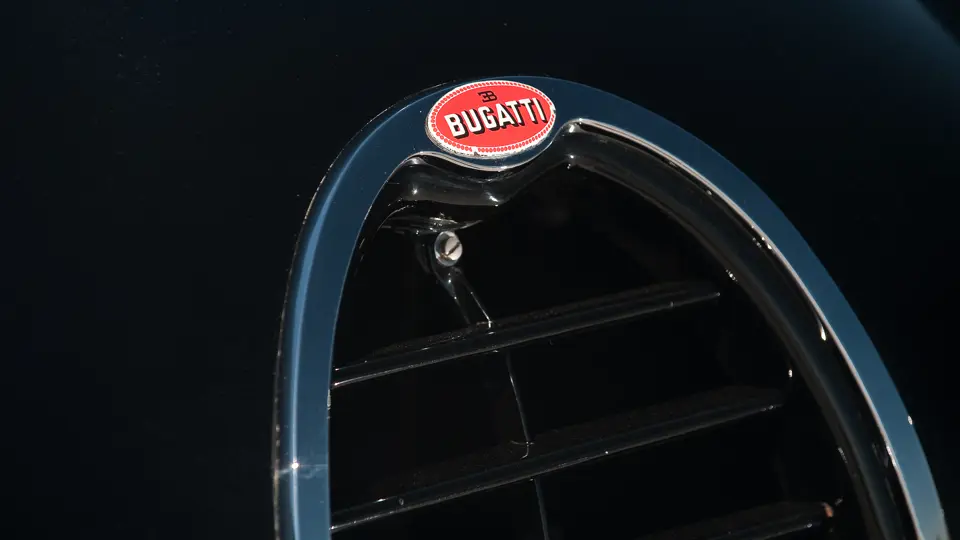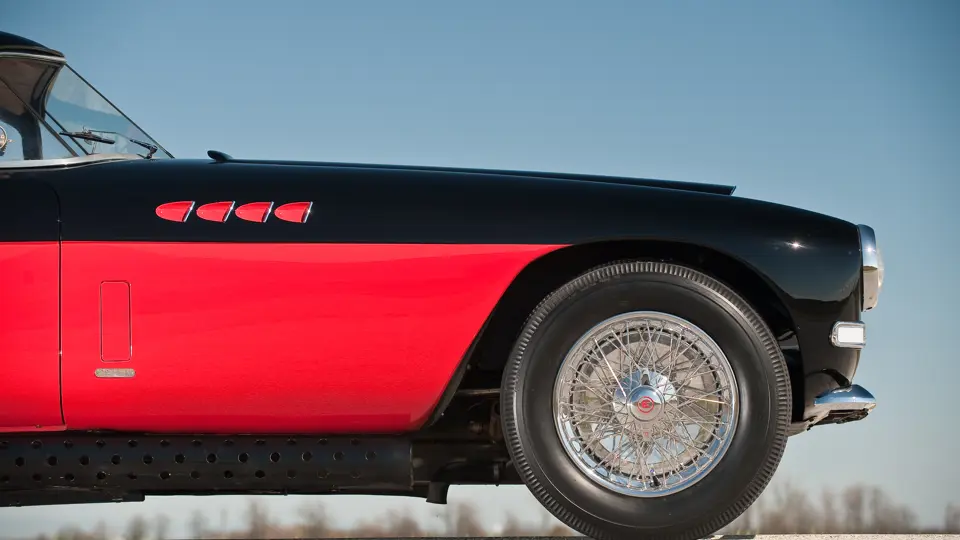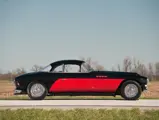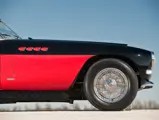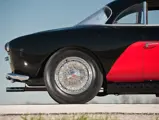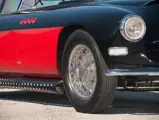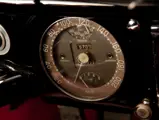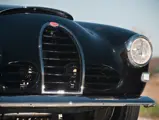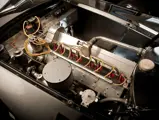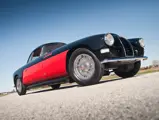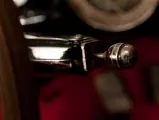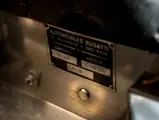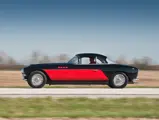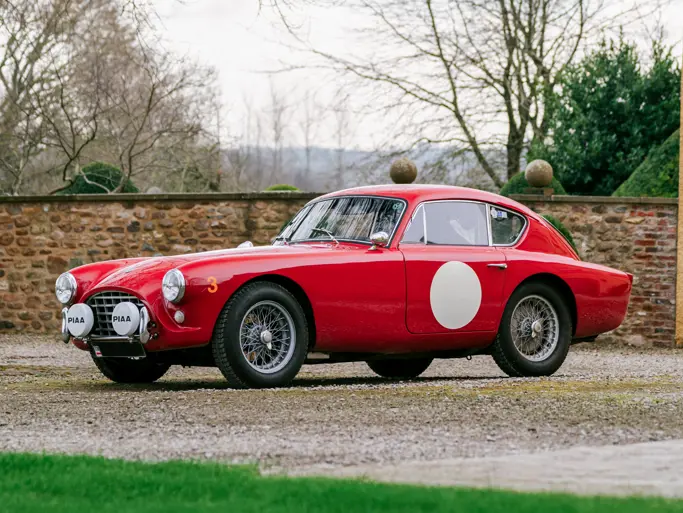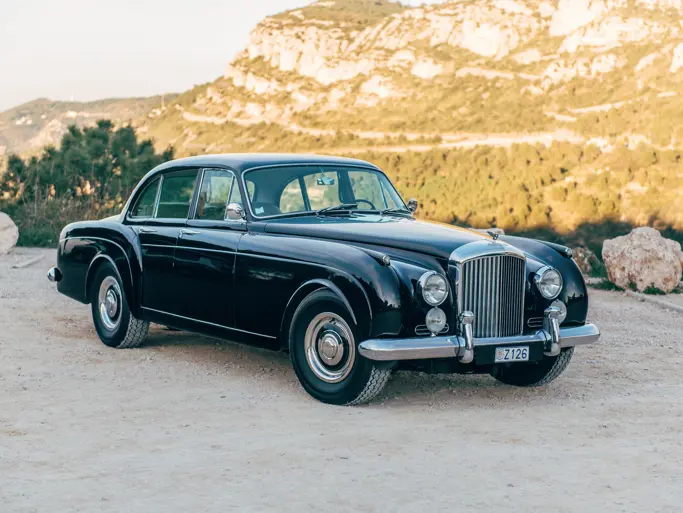135 bhp, 3,256 cc supercharged DOHC inline eight-cylinder engine, Cotal electric pre-selector gearbox, semi-independent front suspension with semi-elliptic leaf springs, live rear axle with reverse quarter-elliptic leaf springs, and four-wheel hydraulic drum brakes. Wheelbase: 130"
- The only Van Antem-bodied Bugatti Type 101
- Mechanicals derived from the legendary prewar Type 57
- Ex-Harrah, Harguindeguy, Cage
- A stellar example of the last Bugatti model produced
Despite its years of glorious success during the 1920s and 1930s, both on and off the racetrack, Bugatti entered the difficult postwar years in stunning disarray. Its personnel and machinery were mercilessly sent back and forth across France by successive wartime regimes, its Molsheim production facilities and staff hijacked to build torpedoes and Hans Trippel’s amphibious vehicles. Ettore’s heir-apparent, the gifted and creative Jean Bugatti, died in a tragic testing accident in 1939, depriving the company of his considerable design prowess. Ettore Bugatti himself, isolated in Paris after war’s end, was judged a belligerent by the postwar French government because of his Italian citizenship and stripped of his property. His death in 1947, at only age 58, split what could be recovered of the Bugatti enterprise into two camps along the lines of the families of his two marriages.
Yet, out of this disorder, the allure of the Bugatti automobile emerged again, not only from its honored tradition but also from, it seems, the sense of duty felt by the family, workers and designers who had labored under Le Patron’s watchful guidance prior to the onset of war. The new Type 73, powered by a supercharged one-liter engine, provided a spark of hope and was displayed at the 1947 Paris Salon but never progressed beyond the prototype phase of development. Orders for parts and service for the Bugatti-powered rail cars, production of weaving looms and machining work for Citroën helped Bugatti to stay afloat during this difficult period, but sporting automobiles were the firm’s true passion and raison d’etre.
Accordingly, Bugatti General Manager Pierre Marco, along with Roland Bugatti, the youngest of Ettore’s children from his first marriage, created the Type 101. This new model was largely based on the brilliant prewar Type 57, including the 3.3-liter dual overhead-camshaft inline eight-cylinder engine and semi-independent front and live rear axle suspension. Its coachwork, however, was thoroughly modern, a full-width streamlined envelope creation that owed only Bugatti’s trademark “horseshoe” radiator grille to its prewar design heritage. The success or failure of the Type 101, however, was determined not by its character or appearance but by Bugatti’s fateful decision to leave the Type 57 engine’s displacement intact, putting it in a “17 Chevaux Vapeur” fiscal horsepower class, which imposed confiscatory annual taxes under postwar French regulations.
Altogether, only six Type 101s were built, and the handsome coupe offered here is considered by many marque enthusiasts to be the most striking example of the series. Van Antem in Neuilly-sur-Seine, near Paris, bodied it for the 1951 Paris Salon de l’Automobile. It was on display in Paris together with a Gangloff-bodied drophead coupe before returning to Molsheim, where it was eventually road-registered and likely used by Rene Bolloré, the next husband of Ettore Bugatti’s widow Geneviève Delcluze. Gene Cesari, who visited Molsheim with well-known car collector Jean DeDobbeleer and, after several meetings, became the company’s North American representative, purchased it late in 1958. Mr. Cesari finally collected the car in New York City before it was sold to Robert C. Stanley, Jr. of Fair Haven, New Jersey, who was the son of the prominent businessman and former head of the International Nickel Company (INCO), which produced 90 percent of the world’s nickel supply during the early 1950s.
Chassis 101504 then became an important part of the Reno, Nevada-based classic automobile collection of casino magnate Bill Harrah before being sold to prominent French automobile proponent Jacques Harguindeguy. From there, film star Nicolas Cage acquired it and added it to his growing collection of significant collector cars. Subsequently, it was in the noted collection of Gene Ponder.
Brilliantly presented in black over red, the Bugatti Type 101 Van Antem coupe has been preserved over the years by its succession of noted owner-collectors. Equipped with a Cotal pre-selector gearbox, it is the only example of the Type 101 with this dramatic coachwork. It represents the swan song of a revered French marque that lay dormant for the next four decades before the introduction of the stunning EB110 in the 1990s and, most recently, the breathtaking Veyron. With its impressive supercharged engine, the Van Antem coupe is ready to be driven, enjoyed and appreciated as an exceptional example of the artistry and passion that remains a testament to Ettore Bugatti’s legacy.


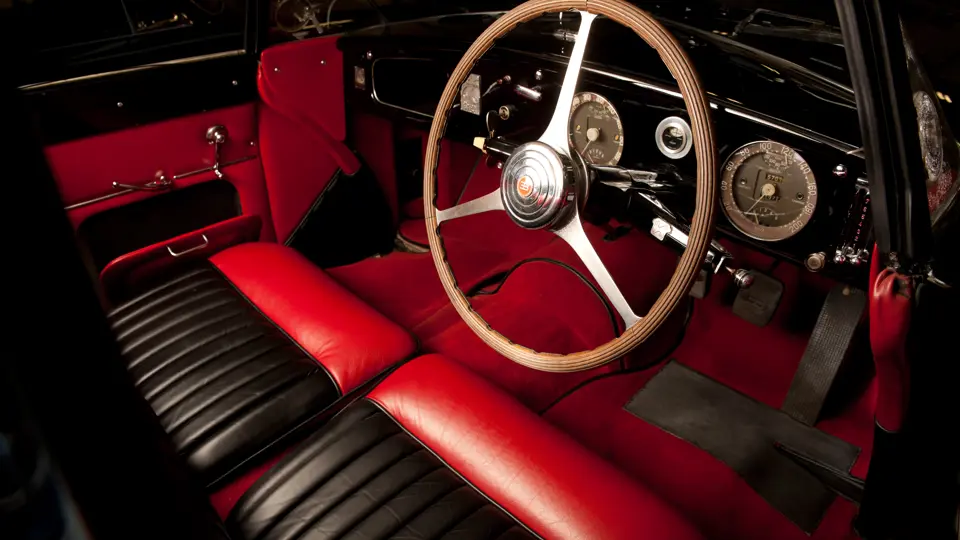

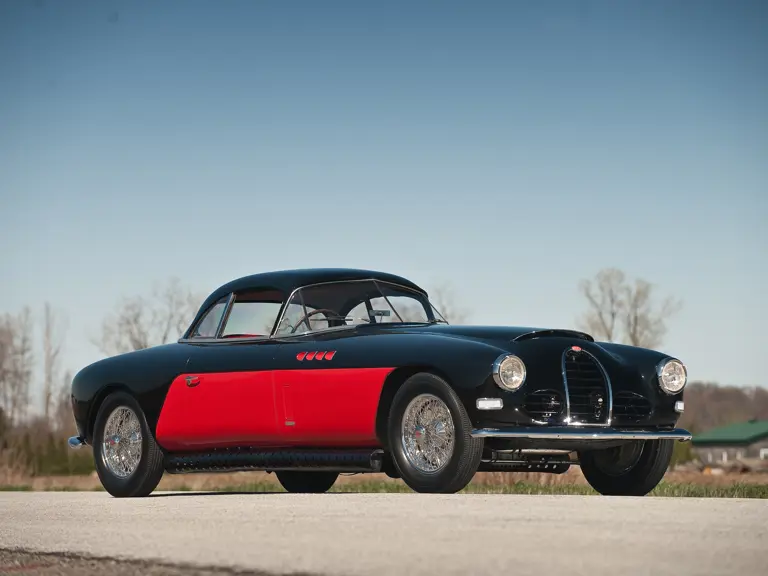

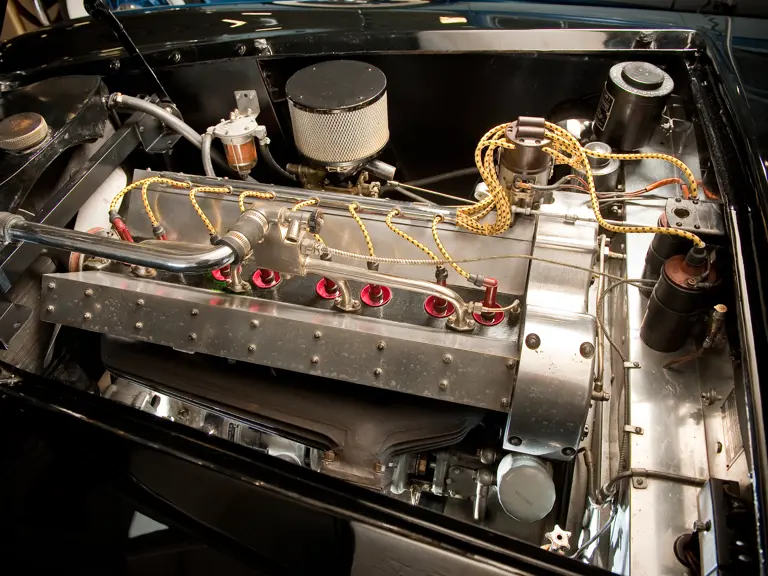
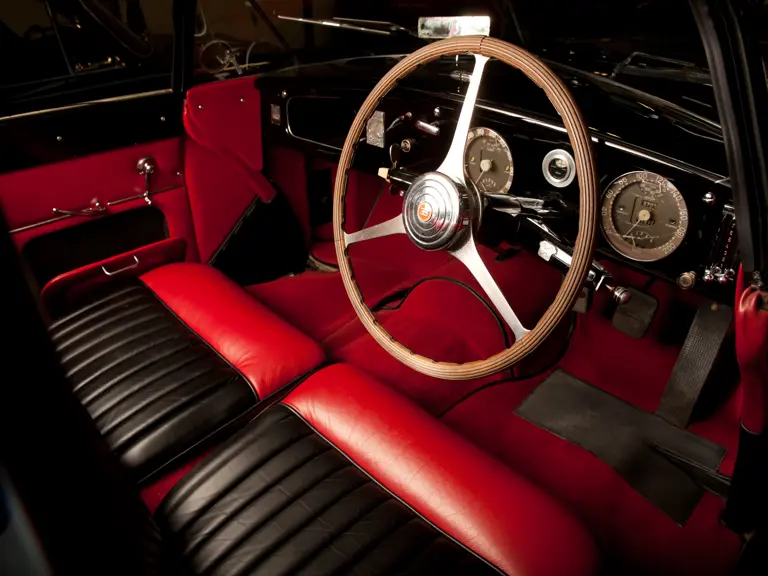
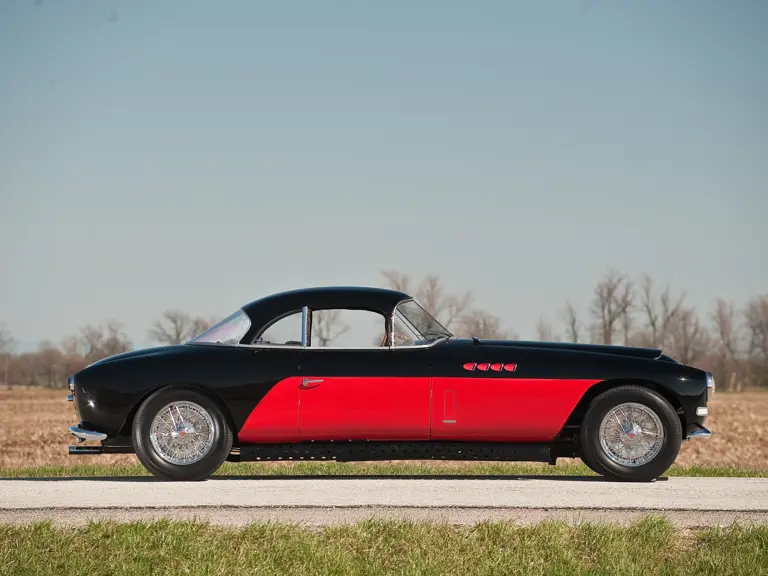

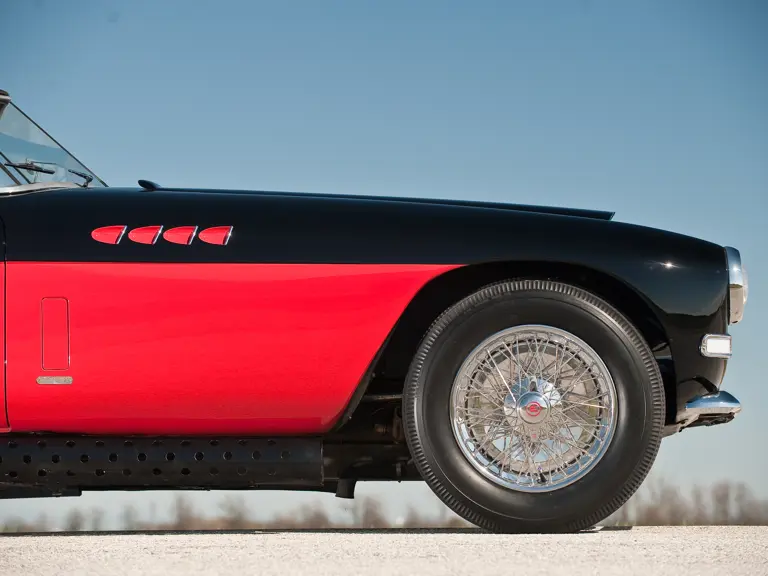
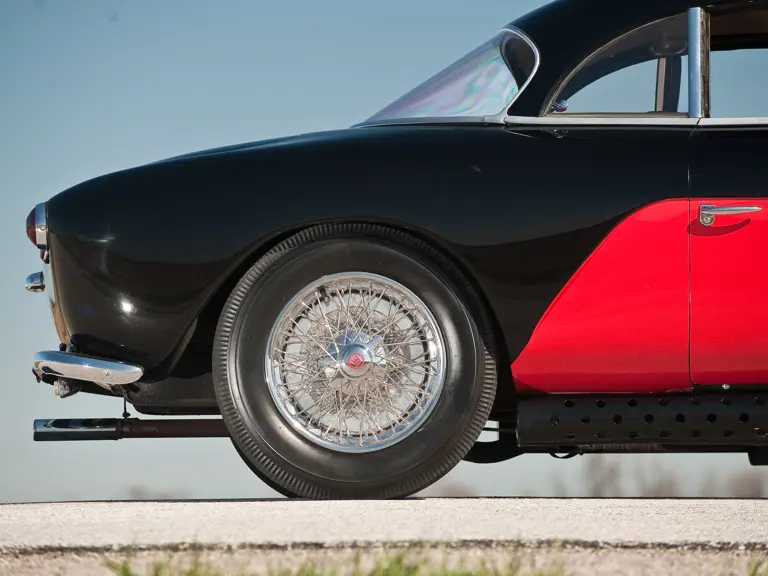
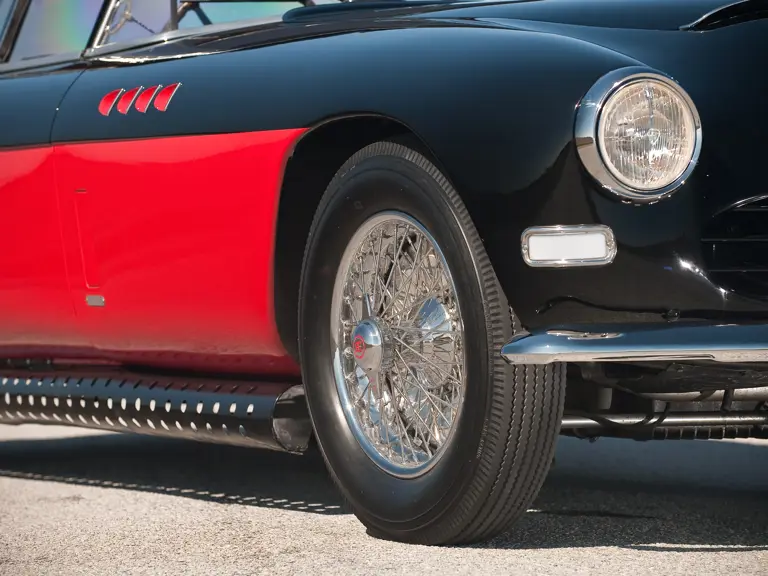
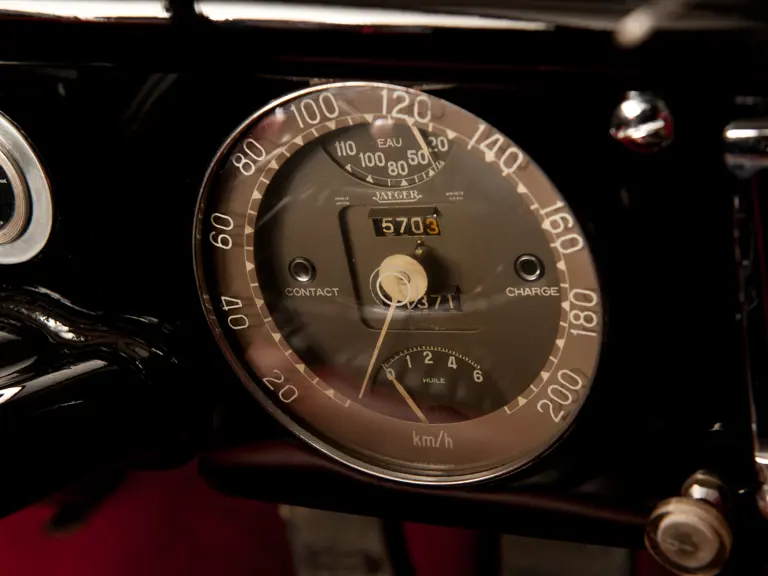
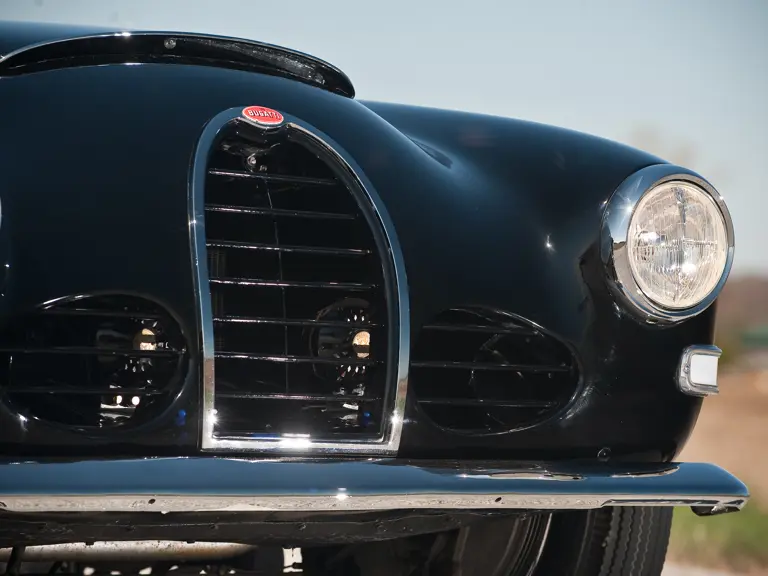
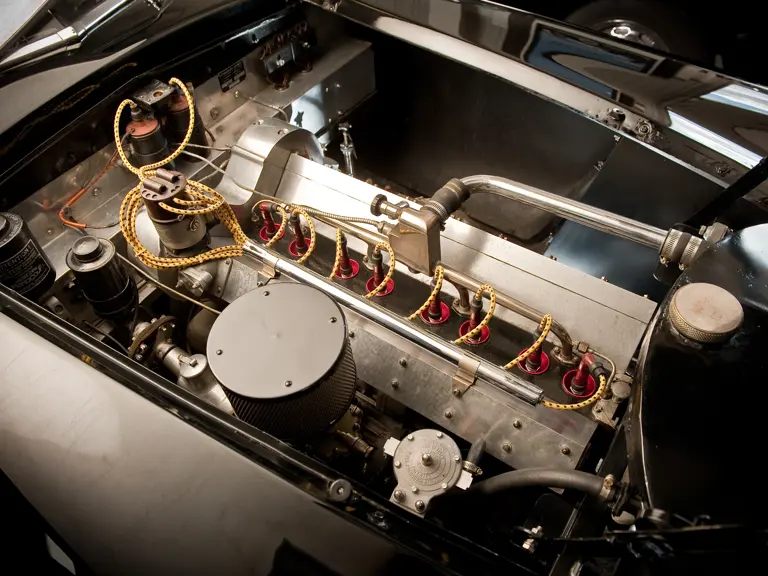
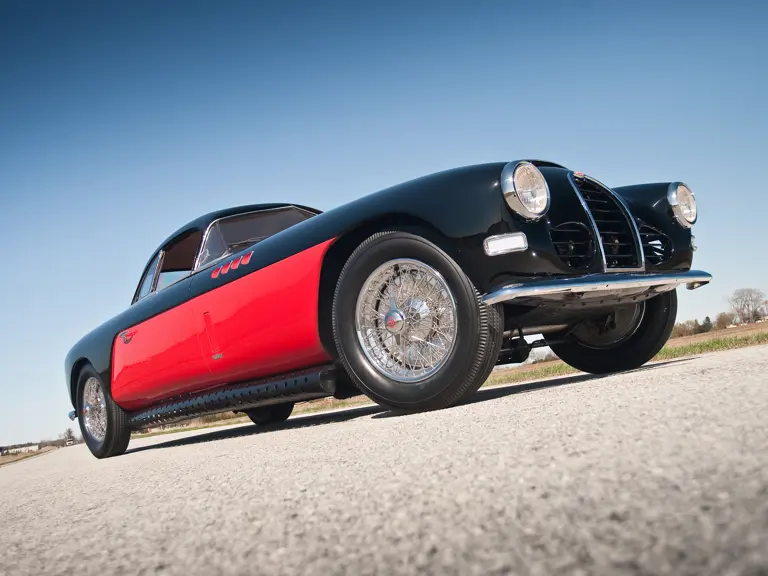
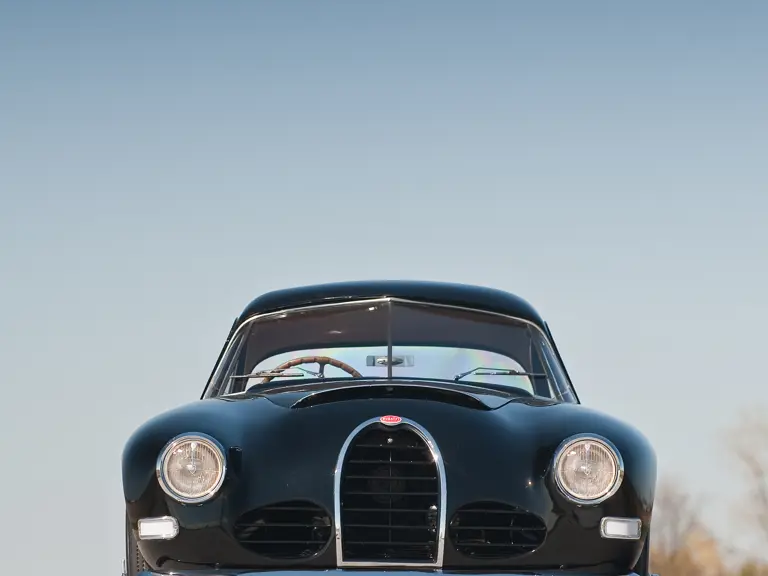
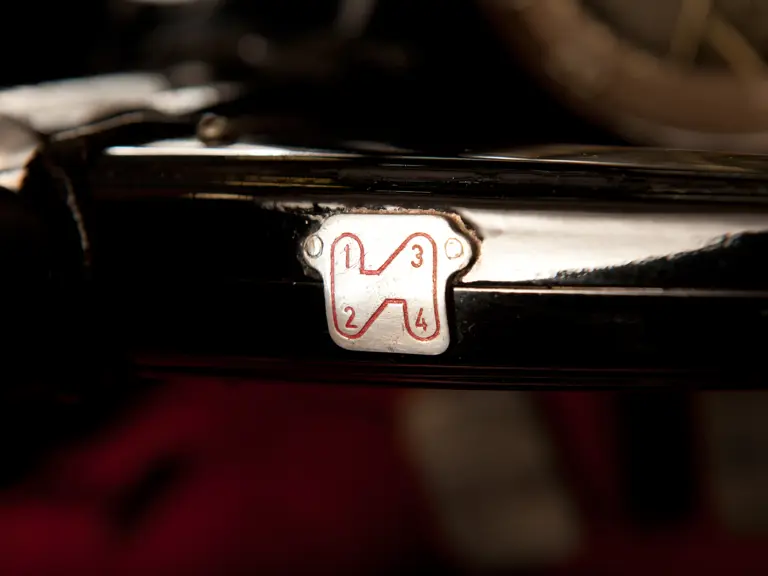
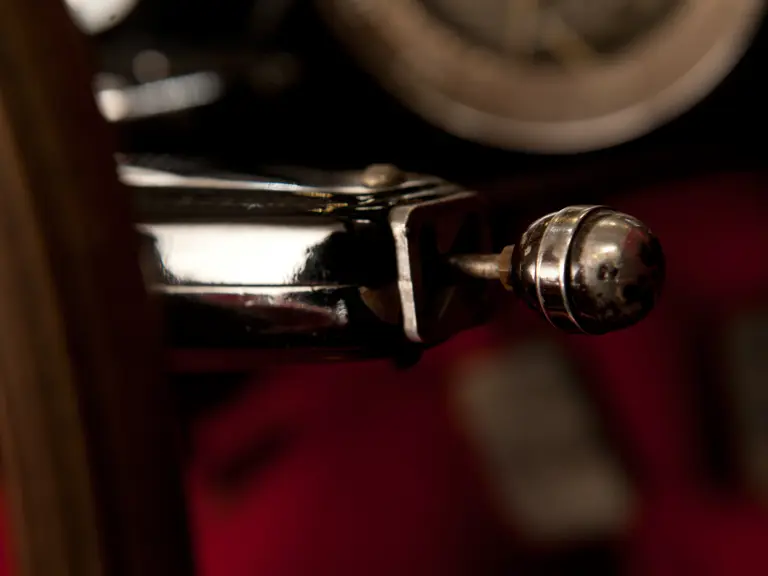
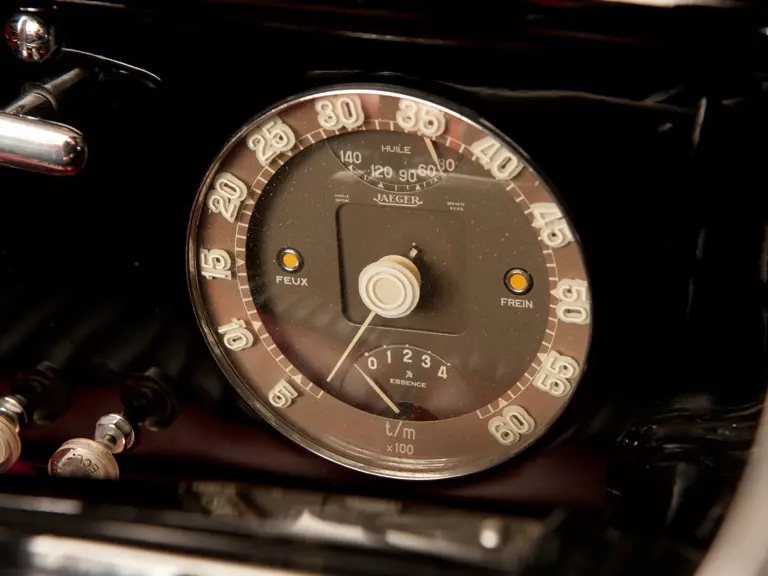
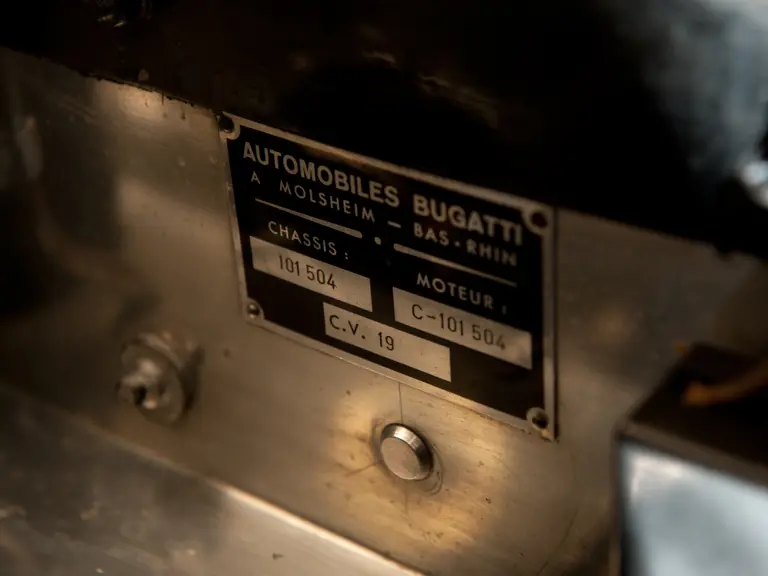
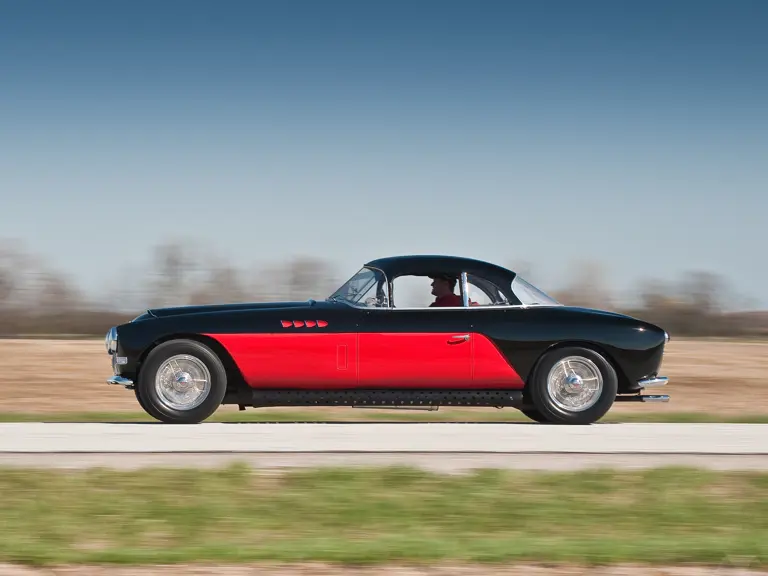

 | Monterey, California
| Monterey, California
